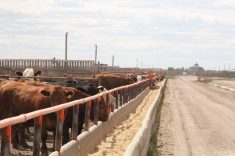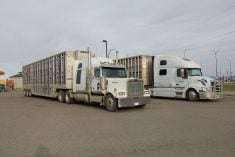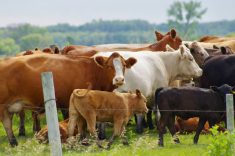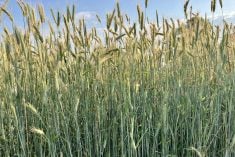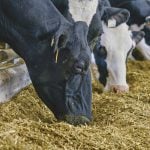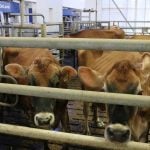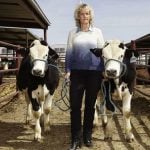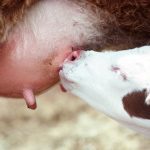About 20 years ago, Doug Wray drove in from Irricana, Alta., for an informal meeting at the Alberta Beef Producers’ office, where I worked at the time. He asked why the beef industry didn’t fund more forage breeding. Back then, the usual beef industry response to forage breeding proposals was “Let the government and forage groups fund that.”
Wray calmly explained that the forage groups he was active in didn’t have a checkoff. So, if beef cattle producers wanted better forage varieties, beef producers would need to invest in forage breeding.
When we looked into it, we found that few forage breeders were left in Canada. Universities and government administrators explained low industry funding signalled forage breeding wasn’t a priority. So, retired breeders weren’t replaced, and long-term breeding and management programs had been scaled back or closed.
Read Also
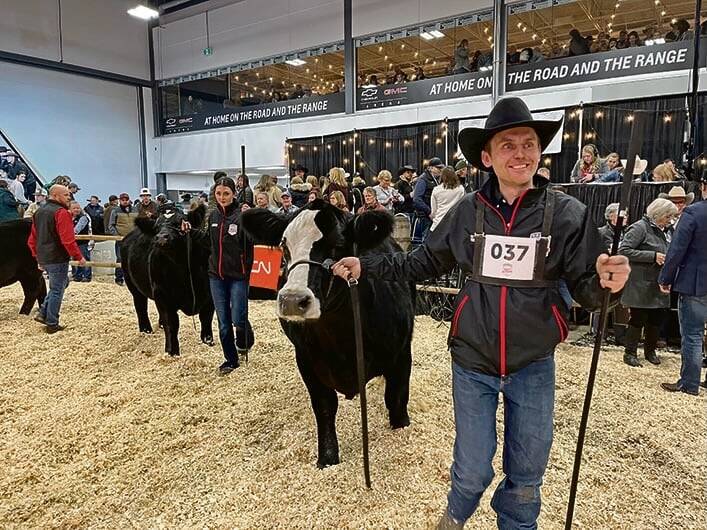
What to know before you go to Agribition 2025
If you’re attending Agribition 2025, this is the place to find out about tickets, dates and what’s happening this year.
After the beef industry began to invest in forage breeding (largely thanks to the National Beef Cattle Check-Off), universities and Agriculture Canada began to reinvest in a new generation of forage breeders. Canada has fewer forage breeders than 20 years ago, but the ones we have are very enthusiastic, attuned to industry and working hard to address industry priorities.
Bill Biligetu (University of Saskatchewan) and Annie Claessens (Agriculture and Agri-Food Canada, Quebec City) compared how different forage varieties performed under different growing conditions across North America (Genotype × environment interaction patterns of dry matter yield in meadow brome, orchardgrass, tall fescue and timothy evaluated at harsh winter sites; DOI: 10.1002/glr2.12088).

What they did: The research team evaluated the yields of registered varieties and experimental populations from four different perennial tame grasses at seven locations across North America. They evaluated nine meadow bromes, nine orchardgrasses, seven tall fescues, and 10 timothies. Plots were grown and harvested in 2019, 2020 and 2021 under dryland conditions in Alberta (two annual cuts of orchardgrass in Beaverlodge), Saskatchewan (two cuts of all four grasses in Saskatoon and Swift Current), Quebec (three cuts of all four grasses in Saint-Augustin and Normandin) and under irrigation in Utah (five cuts of all four grasses in Millville and Panguitch).
What they learned: Meadow brome and timothy produced the highest yields at all sites except at Normandin and Panguitch, where timothy was outperformed by orchardgrass and tall fescue.
They also looked at location and variety interactions. The grass variety that had the highest overall yield (averaged across all locations) didn’t necessarily have the highest yield at every individual location.
When yields were averaged across all six sites, the three highest-yielding meadow bromes were Armada (registered by AAFC Saskatoon in 2009), S9498 (an experimental University of Saskatchewan population), and UTMB-B (an experimental Utah population). These three outyielded the bottom two meadow brome varieties by eight per cent. But Armada’s high overall yield was because it performed so well under irrigation in Millville. Experimental populations from Quebec (QBP-1301) and Utah (UTMB-B) performed better in Normandin, Saskatoon and Swift Current, and Paddock (registered by AAFC Saskatoon in 1987) gave the best yields in Saint-Augustin.

Overall, the top performing orchardgrass varieties were AC Killarney (registered by AAFC Brandon in 2007) and AC Early Arctic (registered by a private B.C. company in 2002). They yielded 10 per cent better than the bottom three orchardgrasses. But again, these top two varieties didn’t yield the best at every location. AC Killarney yielded best in Utah, while AC Early Arctic yielded best in Saint-Augustin. Other varieties were better suited to Beaverlodge, and two experimental populations yielded best in Normandin, Saskatoon and Swift Current.
Tall fescue did not have a variety x location interaction; Courtenay (registered by a private B.C. company in 1987) and S9582 (an experimental population from the University of Saskatchewan) yielded the best at all locations and outperformed the bottom two varieties by 53 per cent. Those other two varieties might be better suited for other environments, though.
The three overall highest-yielding timothies included CDC Tiznow (registered by the University of Saskatchewan in 2022), Climax (registered by AAFC Ottawa in 1947), and an experimental Utah population (UTM1602). They outyielded the bottom variety by 24 per cent. CDC Tiznow yielded well in Millville, Normandin and Saskatoon; Climax yielded well in Panguitch; and the Utah population yielded best in Swift Current. Experimental populations from AAFC Quebec performed best in Saint-Augustin.
So what does all this mean to you? Variety is important. Not all meadow bromes are the same, and the same goes for other grasses and legumes. This paper focused on yield, but the same concept applies to other important forage traits. A locally developed variety might not be the best choice for your situation. Sometimes a variety developed elsewhere might be your ideal option. The key is to choose a variety that is well adapted to your local conditions, regardless of where it was originally developed. Over time, long-term, collaborative variety trials like this should help develop more refined selection recommendations for different climatic and soil zones. This project is ongoing and has expanded to include breeders in Lethbridge, Winnipeg and Nappan, N.S.

Bottom line: The beef industry’s support for forage breeding can be traced back to producers who spoke up. The Beef Cattle Research Council has launched an online survey at beefresearch.ca to inform forage, cattle and beef research priorities for the next five years. Here’s your chance to speak up!
The Beef Cattle Research Council is a not-for-profit industry organization funded by the Canadian Beef Cattle Check-Off. The BCRC partners with Agriculture and Agri-Food Canada, provincial beef industry groups and governments to advance research and technology transfer supporting the Canadian beef industry’s vision to be recognized as a preferred supplier of healthy, high-quality beef, cattle, and genetics. Learn more about the BCRC at www.beefresearch.ca.




